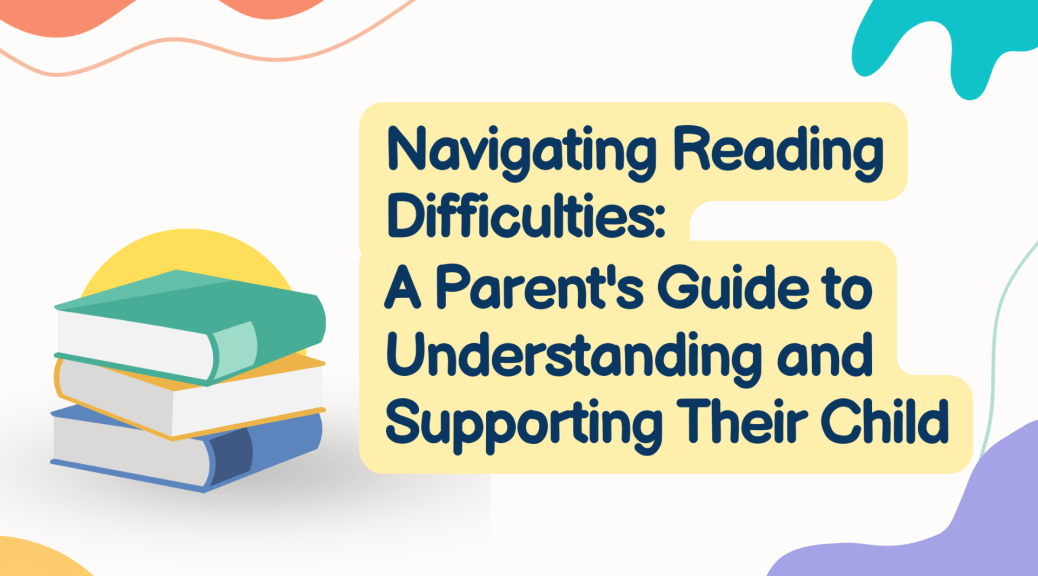As parents, we all love talking to our children and even more so, hearing our children talk to us. Research shows that parent-child talk contributes to language ability in early childhood. Language ability is identified to be among the best predictors of school readiness and later school success (Hoff 2013, Burchinal et al. 2016). Language ability in early childhood is also influenced by exposure to language used by caregivers.
Why is parent-child talk important?
The parent-child talk relationship has received much attention especially since Hart and Risley’s (1995) important research, which estimated that, by the time children are 4 years old, those who face socioeconomic status (SES) challenges in their home environments possibly have heard 30 million words fewer than their more affluent peers. Preliminary evidence from the Thirty Million Words Initiative (Thirty Million Words Initiative) suggested that when parents talk to their children in daily life routines regularly, this increased the number of words and conversational turns children produced during parent-child interactions.
How can we categorise parent-child talk?
Research has suggested the following categories of parent-child talk that give children language learning opportunities as early as 2 years old:
1.Quantity of language input:
Number of words in a sentence, number of new words paired with gestures like pointing
2.Quality of language-based parent child interactions:
Rhymes and songs during back-and-forth conversations, letter sounds, and word sounds that children can be exposed to during daily routines or outings
Opportunities to improve the quantity and quality of children’s language experiences are not restricted to any home or classroom contexts. A group of researchers (Ridge et al., 2015) took an innovative approach to spark parent–child conversations in supermarkets by putting up signs such as “What is your favourite vegetable?” and “Where does the milk come from?” They found that such measures and ideas can increase the quantity and quality of talk between parents/caregivers and children in both inside and outside home environments regardless of socioeconomic status. They also supported the language experiences for these families and building language abilities in their children.
Key takeaways:
How can we increase child language output in parent-child relationships regardless of socioeconomic status?
 |
Reading picture books or books with both words and pictures for children to engage in language and literacy learning opportunities such as receptive vocabulary, oral language skills, letter-word identification, and how letters are written and look like (Christian et al. 1998, Park 2008, Froiland et al. 2014). |
 |
Utilising talking opportunities in daily life routines (mealtimes, shower times, grocery runs, bedtimes) regularly to increase the number of words and back and forth conversation turns produced during parent-child interactions (Pace, Luo, Hirsh-Pasek and Golinkoff,2017).
|
 |
Creating instances of language learning both inside and outside the home with parents/caregivers. Providing a variety of textured books and toys at home, visiting places like the zoo or the park, and discussing these experiences during walks or while waiting for the bus can all enhance language learning. Even a single trip to the public library has a significant impact on enriching children’s reading experiences. |
Enriched language experiences can improve children’s overall readiness for school and build in them a love for their language, from a young age.
References
Burchinal, M., Foster, T. J., Bezdek, K. G., Bratsch-Hines, M., Blair, C., Vernon-Feagans, L., & Family Life Project Investigators. (2020). School-entry skills predicting school-age academic and social–emotional trajectories. Early Childhood Research Quarterly, 51, 67-80.
Christian, K., Morrison, F. J., & Bryant, F. B. (1998). Predicting kindergarten academic skills: Interactions among child care, maternal education, and family literacy environments. Early Childhood Research Quarterly, 13(3), 501-521.
Froiland, J. M., Powell, D. R., & Diamond, K. E. (2014). Relations among neighborhood social networks, home literacy environments, and children’s expressive vocabulary in suburban at-risk families. School Psychology International, 35(4), 429-444.
Hirsh-Pasek, K., Adamson, L. B., Bakeman, R., Owen, M. T., Golinkoff, R. M., Pace, A., Yust, K S P., & Suma, K. (2015). The contribution of early communication quality to low-income children’s language success. Psychological science, 26(7), 1071-1083.
Hart, B., & Risley, T. (1995). Meaningful differences in the everyday experience of young American children. Baltimore, MD: Paul H. Brookes Publishing Co.
Hoff, E. (2003). The specificity of environmental influence: Socioeconomic status affects early vocabulary development via maternal speech. Child Development, 74, 1368–1378.
Pace, A., Luo, R., Hirsh-Pasek, K., & Golinkoff, R. M. (2017). Identifying pathways between socioeconomic status and language development. Annual review of linguistics, 3(2017), 285-308.
Park, H. (2008). The varied educational effects of parent-child communication: A comparative study of fourteen countries. Comparative education review, 52(2), 219-243.
Ridge, K. E., Weisberg, D. S., Ilgaz, H., Hirsh‐Pasek, K. A., & Golinkoff, R. M. (2015). Supermarket speak: Increasing talk among low‐socioeconomic status families. Mind, Brain, and Education, 9(3), 127-135.


















